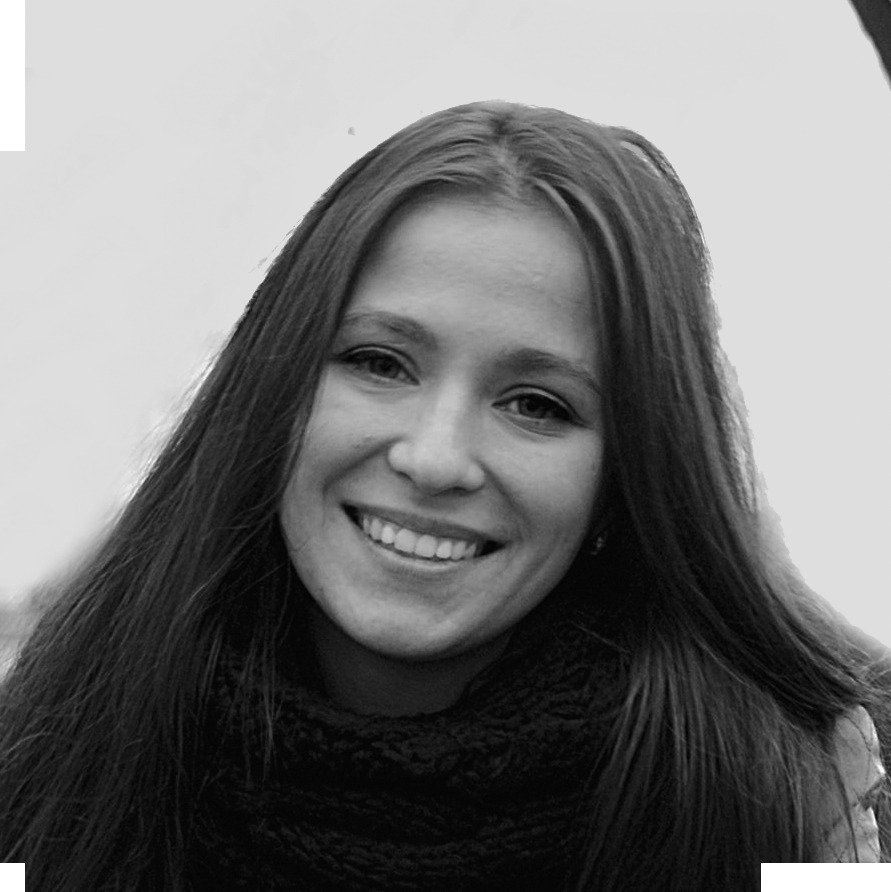- Ilya Zherikov
- Graphic designer, art director
Zangavar is a micro-publisher made up of ‘two and a half men’. I worked there from 2013 till 2017. Initially, we were publishing classics of European and American comic books, but in 2014 our art director Volodya Morozov visited a big European festival in Angoulême, saw books by Sergio Toppi and got very enthusiastic about publishing those in Russia. It was clear, though, that this was a more serious age
While we, sad and slow, prepared the book for publication, buying the rights, I was designing a typeface to set bubbles. But then came the crisis of 2014, and no one had

The book itself is not even a paraphrase, but rather a variation of the Thousand and One Night, very delicate and truly beautiful. Some of the novels are precise versions of famous Arabian Nights. Others are not Arabic, but
How does it relate to Amalta? Hell if I know. First of all, in headlines Amalta plays the role of a certain ground wire. See, there is this very fine-drawn and volatile graphics, ink and watercolor, and Amalta-set titles appear like large milestones next to this graphics. You’re walking down the road of novels, and at the beginning of the map you’re met by a large and rough milestone set in Amalta, telling you the name of the chapter. And then everything becomes light, easy and airy again.



Why Amalta? Nothing to do with the fact that
Another typeface in this category is Legende by Friedrich Hermann Ernst Schneidler. It was reissued by the name of Aladdin and is still used.
So, next to them I saw Amalta which also had a certain oriental


- Alexandra Shirshova
- arabist, consultant on Arabic language
and culture with EastEast Paper
When I first saw Amalta, it didn’t seem oriental to me. Yet I wondered, ‘and what makes a stylised typeface oriental, after all?’
Joint-up, ligature-like merged writing, to start
Secondly, the oriental origin is indicated by a calligraphic
In Arabic tradition, a stroke departing from Ш at the beginning of the word is called تطويل (taṭwīl), while in Persian it’s کشیده . Those are used to tie letters in justified texts. They definitely add some oriental flavour, however the use of such elements at the beginning or in the end of the word is impermissible in Arabic script (although valid when it comes to Persian calligraphy).
One more thing: in the word Sharaz’de كشيده is coming from the center of the last letter. It is impossible in Arabic ligature script, as those extensions can only be deployed in the bottom of the line. Sometimes this is used in stylised
- Vladimir Krichevsky
- graphic designer, art historian and art critic.
(Review of Three Typefaces)
Amalta is based on flat brush writing, and the organics related to the fact is quite obvious.
There is definitely something non-westerly blackletter that we see here, but sadly I have no idea who this Amalta actually is. Because of (not despite) its unique identity, the typeface makes absolutely no claim to any specific literary or other genre, which is a good thing.



